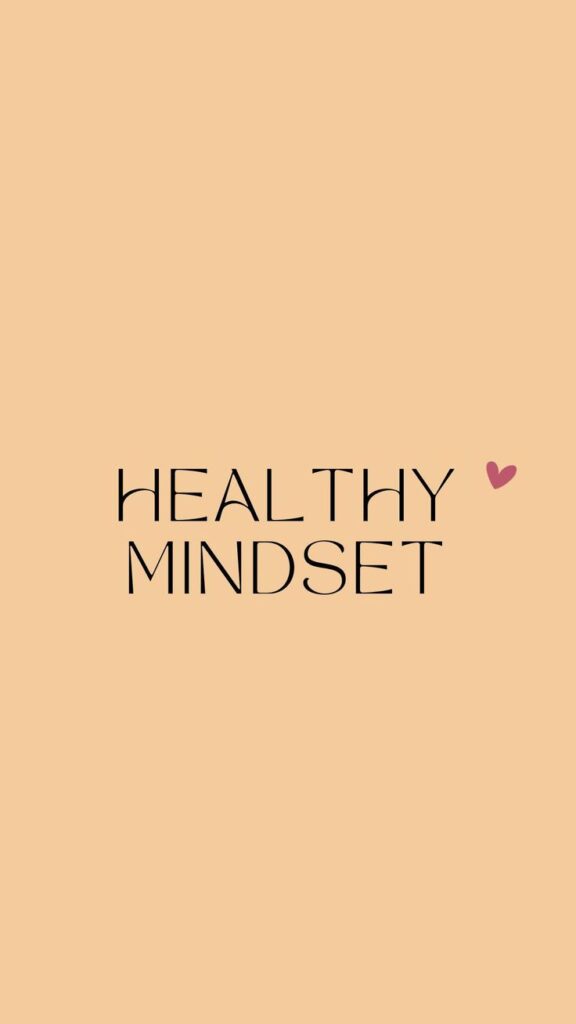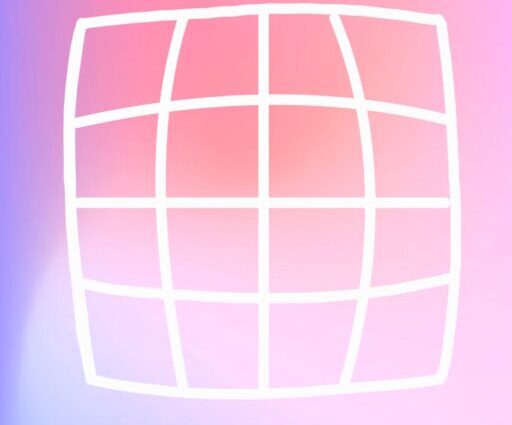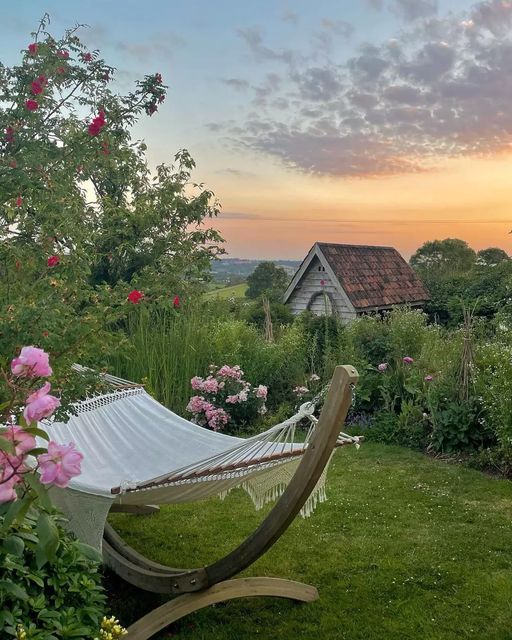Introduction: The Need for Slow Living in a Fast-Paced World
In a society that glorifies hustle culture, where success is often measured by how many tasks you can cram into a day, the concept of slow living feels almost revolutionary. But what exactly is slow living? It’s not about doing everything at a snail’s pace or abandoning your responsibilities. Instead, it’s about intentionality—choosing to focus on what truly matters and letting go of the rest.
In this blog, we’ll explore the art of slow living, why it’s essential in today’s fast-paced world, and how you can incorporate it into your daily life. From decluttering your physical space to simplifying your schedule, we’ll cover practical steps to help you embrace a slower, more meaningful way of living. Here’s what we’ll cover:
- What is Slow Living?
- Why Slow Living Matters
- How to Declutter Your Physical Space
- How to Simplify Your Schedule
- Cultivating Mindfulness in Everyday Life
- Slow Living in Different Areas of Life
- Tools and Resources for Slow Living
By the end of this read, you’ll have a clear roadmap to start living a slower, more intentional life. Let’s dive in!
Chapter 1: What is Slow Living?

Slow living is a lifestyle movement that encourages people to slow down and savor life’s moments. It’s about being present, mindful, and intentional in everything you do. Here are some key principles of slow living:
- Mindfulness: Being fully present in the moment.
- Simplicity: Reducing clutter—both physical and mental.
- Intentionality: Making conscious choices about how you spend your time and energy.
- Sustainability: Living in a way that’s kind to the planet and future generations.
Slow living isn’t about perfection; it’s about progress. It’s a journey, not a destination.
Chapter 2: Why Slow Living Matters
A cluttered space often leads to a cluttered mind. Here’s how to declutter your home and create a peaceful environment:
Maintain Regularly
Decluttering isn’t a one-time task. Make it a habit to regularly assess what you own and let go of what you no longer need.
Start Small
Begin with one area, like your desk or closet. Tackling small spaces first will give you a sense of accomplishment.
Use the KonMari Method
Marie Kondo’s famous method involves asking yourself, “Does this spark joy?” If the answer is no, it’s time to let it go.
Organize by Category
Instead of decluttering room by room, organize by category (e.g., clothes, books, kitchenware). This helps you see how much you truly own.
Create a System
Assign a place for everything. For example, designate a drawer for office supplies or a shelf for books.

Chapter 3: How to Declutter Your Physical Space

A cluttered space often leads to a cluttered mind. Here’s how to declutter your home and create a peaceful environment:
- Start Small
Begin with one area, like your desk or closet. Tackling small spaces first will give you a sense of accomplishment. - Use the KonMari Method
Marie Kondo’s famous method involves asking yourself, “Does this spark joy?” If the answer is no, it’s time to let it go. - Organize by Category
Instead of decluttering room by room, organize by category (e.g., clothes, books, kitchenware). This helps you see how much you truly own. - Create a System
Assign a place for everything. For example, designate a drawer for office supplies or a shelf for books. - Maintain Regularly
Decluttering isn’t a one-time task. Make it a habit to regularly assess what you own and let go of what you no longer need.
Chapter 4: How to Simplify Your Schedule
A packed schedule can leave you feeling overwhelmed and burnt out. Here’s how to simplify your daily routine:
- Prioritize Your Tasks
Use the Eisenhower Matrix to categorize tasks into four quadrants: urgent/important, not urgent/important, urgent/not important, and not urgent/not important. Focus on what truly matters. - Learn to Say No
Saying no isn’t selfish—it’s necessary. Protect your time and energy by declining commitments that don’t align with your priorities. - Batch Similar Tasks
Group similar tasks together, like responding to emails or running errands. This reduces mental fatigue and increases efficiency. - Schedule Downtime
Block out time in your calendar for rest, hobbies, and self-care. Treat this time as non-negotiable.
Chapter 5: Cultivating Mindfulness in Everyday Life
Mindfulness is at the heart of slow living. Here are some simple ways to incorporate it into your daily routine:
Engage in Mindful Activities
Activities like yoga, meditation, or journaling can help you stay grounded and present.
Practice Gratitude
Start or end your day by listing three things you’re grateful for. This shifts your focus to the positive aspects of life.
Savor the Moment
Whether it’s a cup of coffee or a walk in the park, take the time to fully experience and appreciate the moment.
Limit Screen Time
Set boundaries around your use of technology. For example, avoid checking your phone during meals or before bed.

Chapter 6: Slow Living in Different Areas of Life
Slow living isn’t just about decluttering or simplifying—it’s a mindset that can be applied to various aspects of life:
- Slow Food
Take the time to cook and enjoy meals made with fresh, local ingredients. Avoid fast food and processed meals. - Slow Fashion
Invest in high-quality, timeless pieces instead of chasing fast fashion trends. Repair and reuse clothing whenever possible. - Slow Travel
Instead of rushing through a checklist of tourist attractions, immerse yourself in the local culture and take time to truly experience a place. - Slow Work
Focus on deep work—tasks that require your full attention and creativity—rather than multitasking.
Chapter 7: Tools and Resources for Slow Living
Here are some resources to help you embrace the slow living lifestyle:
- Books:
- The Life-Changing Magic of Tidying Up by Marie Kondo
- Slow: Simple Living for a Frantic World by Brooke McAlary
- Podcasts:
- The Slow Home Podcast by Brooke McAlary
- TED Talks Daily (search for episodes on mindfulness and simplicity)
- Apps:
- Headspace (for meditation)
- Forest (to reduce screen time)
- Websites:
- Mindful.org (mindfulness practices)
Conclusion: Embrace the Art of Slow Living
Slow living isn’t about doing less—it’s about doing what matters. It’s about creating space in your life for joy, connection, and purpose. By decluttering your physical space, simplifying your schedule, and cultivating mindfulness, you can start living a slower, more intentional life today.
Remember, slow living is a journey, not a destination. Take it one step at a time, and don’t be afraid to make mistakes along the way. The goal isn’t perfection; it’s progress.
So, take a deep breath, slow down, and start living the life you’ve always dreamed of.





